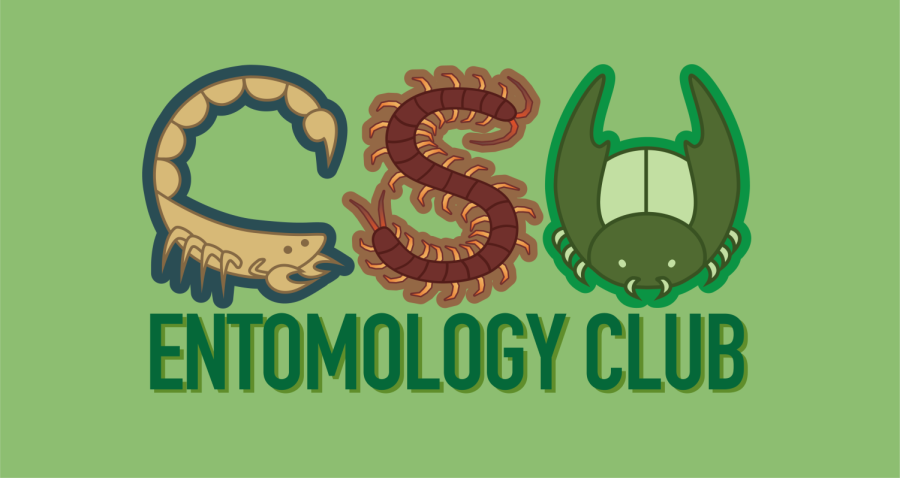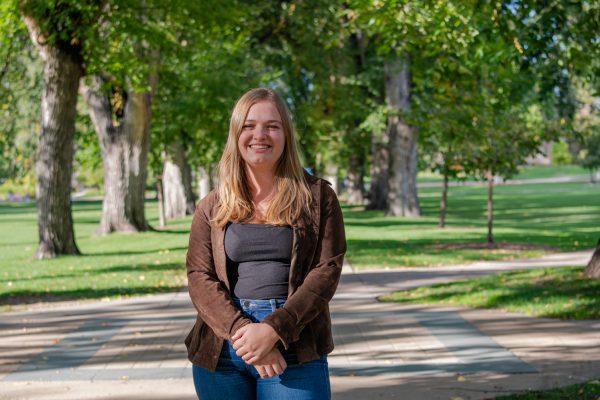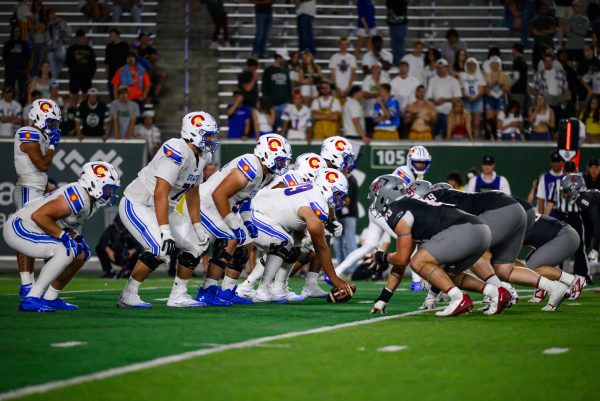110 years of insects: The metamorphosis of the CSU bug club
January 24, 2023
For most of us, bugs can be reduced to a fear of spiders and a hope that termites don’t take down our homes. For students in the Colorado State University Entomology Club, bugs are much more than that.
After 110 years at CSU, the club has grown in size and purpose, moving from an academic club restricted by the social standards of 1912 to an open and welcoming environment aiming to build community and educate.
Club President Claire Walther has made it a goal to make the club a more inclusive place and really bring people together through the power of entomology.
“Looking at our club history is both really fun but also really just looking at pictures of 10 old white men around a table,” Walther said. “So there’s definitely a part of the history that wasn’t that inclusive, but it’s the same for most scientific fields. I think it’s just really easily visible in the (CSU) Entomology Club because it’s been around for so long.”
That has significantly changed in the past 25-30 years, Walther said. Now students from all academic backgrounds and interests find space to interact with the club and learn about bugs.
“A lot of world issues today that really kind of connect with insects … may get people interested because they may not think of insects playing a big role in our ecosystem or in our society in general.” -Rachel Haldorson, Entomology Club vice president
Being the oldest club on campus, the CSU Entomology Club has been building roots in the community for a long time. Previously named the Gillette Entomology Club after its founder, Clarence Gillette, the club stood the test of time despite its uncommon subject matter.
“Gillette” was removed from the official club title in an effort to be more inclusive and have more than one person’s legacy, Walther said.
What started as a group fairly exclusive to entomologists is now a place for all students to express their passion for bugs. As the scientific community continues to look for global solutions to issues of hunger and climate, the world of entomology has become more and more important, leading many environmentally driven students to seek out the club.
“A lot of world issues today that really kind of connect with insects … may get people interested because they may not think of insects playing a big role in our ecosystem or in our society in general,” said Rachel Haldorson, club vice president. “Especially with issues such as global climate change, we are having to think outside of the box in terms of solutions. Some of these solutions can come from smaller organisms such as insects.”
This passion isn’t just discussed in serious lectures but is also explored in fun and interactive ways. The club hosts events to educate in innovative ways, like entomophagy, which is the practice of eating bugs.
“Last year we did a taco night that was such a big hit,” Walther said. “We had edible insects as our protein source, and that’s just kind of one of the ways that we bring this like fun, inclusive environment into those bigger global issues. Before we all ate our tacos, we did this little talk about how much higher in protein insects are but (also) how they can live on our food waste and they don’t require as much water.”
“They’ve also (hosted) Earth Day events (in) collaboration with other clubs to strengthen the community of environmentalists on campus,” Walther said.
“It gives you like a really good feeling to find such a tightly knit group of people who are so passionate about our planet, our future and the conservation of these really, really important groups,” said Josh Schutt, the club’s financial officer.
Reach Ivy Secrest at life@collegian.com or on Twitter @IvySecrest.








